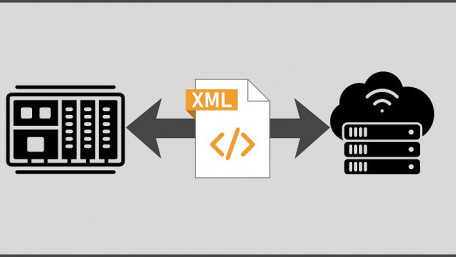
The basic component of data exchange between devices, machines, and embedded systems serves as a hallmark foundation in every organization’s Industry 4.0…
The basic component of data exchange between devices, machines, and embedded systems serves as a hallmark foundation in every organization’s Industry 4.0 implementation process.
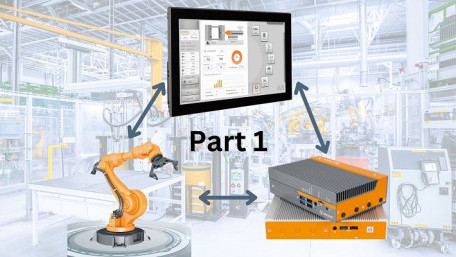
A walkthrough and discussion of a simple web-based HMI solution that could modernize your current HMI technology stack.…
A walkthrough and discussion of a simple web-based HMI solution that could modernize your current HMI technology stack. The first step in the process involves sending data from a device to a server.
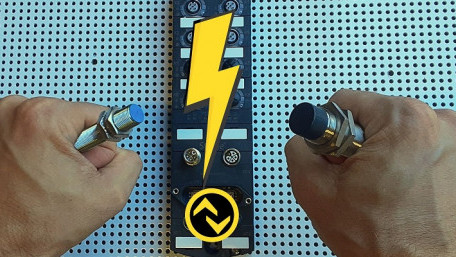
Control.com’s Director of Engineering got to explore IO-Link sensors and what he found might surprise you! Although…
Control.com’s Director of Engineering got to explore IO-Link sensors and what he found might surprise you! Although still considered an “emerging” technology, it’s clear IO-Link technology boasts several bonafide benefits over traditional sensors.
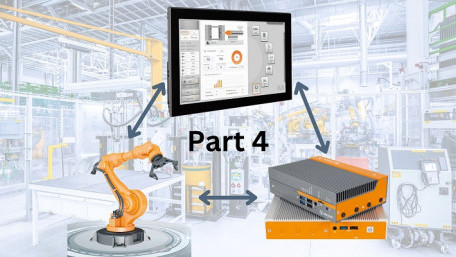
Refining and integrating a front-end HMI application to an API middle layer with real-time data display and historian…
Refining and integrating a front-end HMI application to an API middle layer with real-time data display and historian capabilities for short-term data visualization.
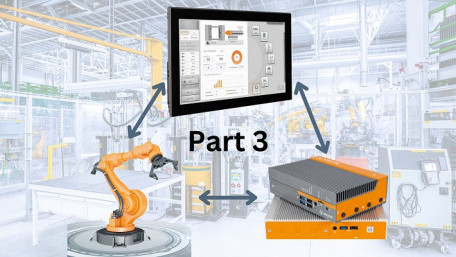
Learn the first steps in focusing on the integration of a front-end HMI application to an API middle layer.
Learn the first steps in focusing on the integration of a front-end HMI application to an API middle layer.
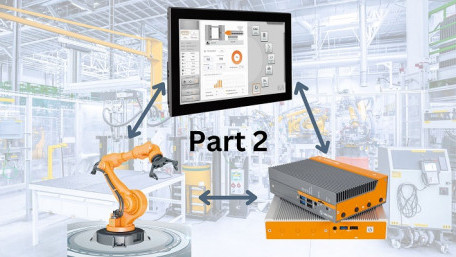
The middle layer, or API layer of a custom-built HMI project involves a server that can submit or receive data to and…
The middle layer, or API layer of a custom-built HMI project involves a server that can submit or receive data to and from a device, either to provide the user interface or interact with the machine.
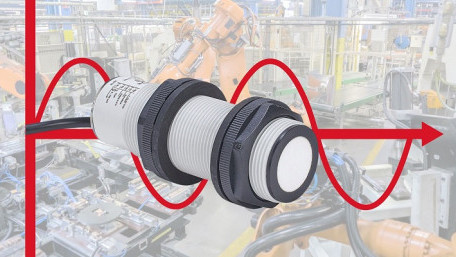
Many articles address the wiring and implementation of analog control signals, but where are they used, and what might…
Many articles address the wiring and implementation of analog control signals, but where are they used, and what might make them a better (or perhaps worse) decision than digital input/output devices?
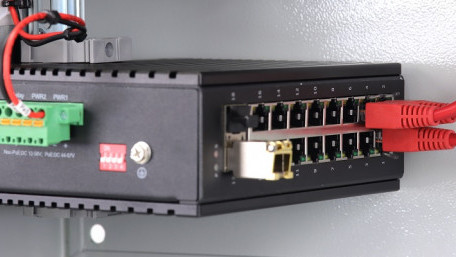
Virtual networks can connect or isolate various local control networks through configuration of a managed switch. Why…
Virtual networks can connect or isolate various local control networks through configuration of a managed switch. Why would we use VLANs, and how can you segment a network switch to create a VLAN?
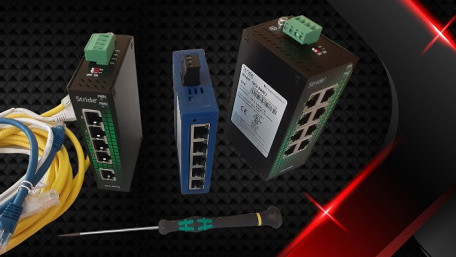
I could run down to the local box store or internet marketplace and buy a 5-port switch for less than 20 dollars, or…
I could run down to the local box store or internet marketplace and buy a 5-port switch for less than 20 dollars, or invest in an industrial switch for hundreds. Why would I choose the industrial switch?
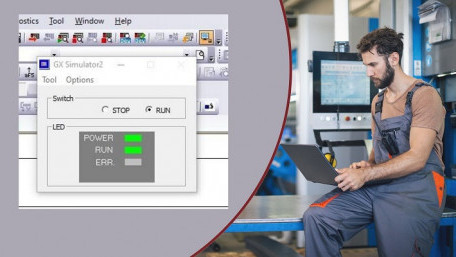
GX Simulator2 is one of MELSOFT’s essential tools for the simulation of programs in a virtual PLC and works with GX…
GX Simulator2 is one of MELSOFT’s essential tools for the simulation of programs in a virtual PLC and works with GX Works2. Learn how to virtually simulate and test your ladder programs.
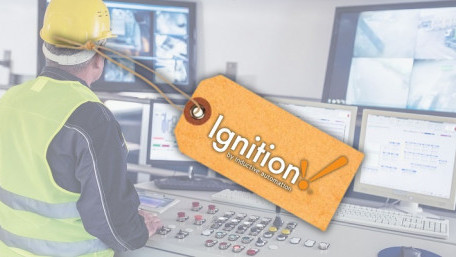
An introduction to the various tag types used within one of the leading supervisory control and data acquisition (SCADA)…
An introduction to the various tag types used within one of the leading supervisory control and data acquisition (SCADA) software powering IIoT, HMI, and I4.0 applications: Ignition by Inductive Automation.
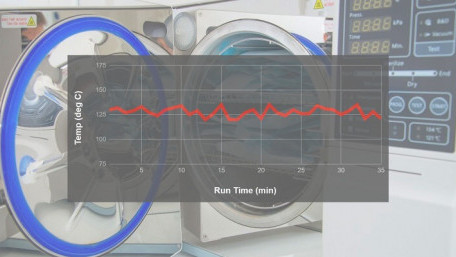
Temperature profiling is an effective tool to monitor thermal properties in process equipment. This article defines…
Temperature profiling is an effective tool to monitor thermal properties in process equipment. This article defines temperature profiling, discusses the process components, and describes the various benefits it offers.

Errors in communications often manifest as a result of electrical noise interrupting the data during the transmission…
Errors in communications often manifest as a result of electrical noise interrupting the data during the transmission process, leading to various methods for determining whether received data has been damaged.
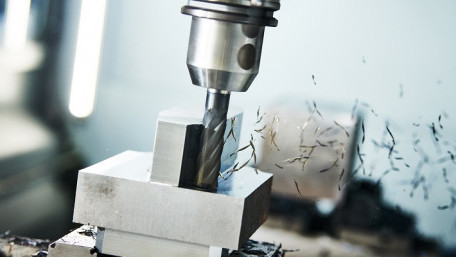
Learn how to build a machine learning model to predict failure classification based on machine parameters using a…
Learn how to build a machine learning model to predict failure classification based on machine parameters using a synthetic dataset modeled after a milling machine, the same process used in real-world systems.
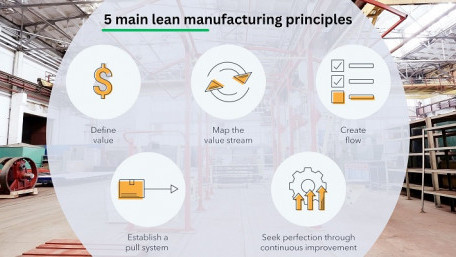
The Lean process uses a method of implementation focusing only on actions providing value to customers. The following…
The Lean process uses a method of implementation focusing only on actions providing value to customers. The following five steps break down the process into discrete modules when introducing efficiency to production.

Process automation relies on precise control systems to operate production equipment for everything from lumber to…
Process automation relies on precise control systems to operate production equipment for everything from lumber to pastries. Using control algorithms produces stable, accurate, and often delicious results.
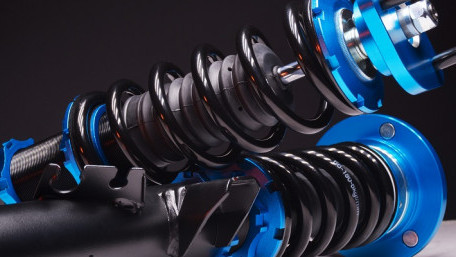
Transfer functions allow systems to be converted from non-algebraic time measurement units into equations that can be…
Transfer functions allow systems to be converted from non-algebraic time measurement units into equations that can be solved, but how do these functions work, and why do we use them?

Industrial and robotics cabling requires specialized termination strategies. This article introduces connectors involved…
Industrial and robotics cabling requires specialized termination strategies. This article introduces connectors involved in automation applications for cable-to-cable or cable-to-device termination.
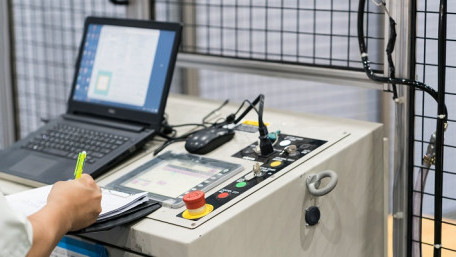
Any kind of computer programming can be challenging to determine what aspects are truly unique versus what aspects should…
Any kind of computer programming can be challenging to determine what aspects are truly unique versus what aspects should be standardized across projects and platforms to streamline future development.
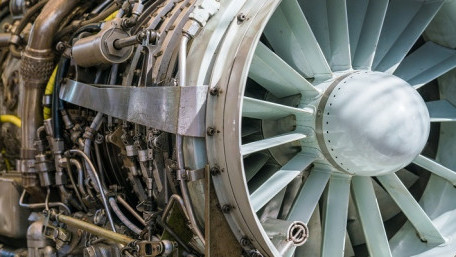
System dynamics is primarily concerned with understanding complex systems’ behaviors over time. Mathematical and…
System dynamics is primarily concerned with understanding complex systems’ behaviors over time. Mathematical and computer models can help identify responses before turning to costly real-world experiments.
